Paul Austin explores the benefits for the quick-change artist that can transform your day scope into a night vision IR rig in a matter of seconds. Enter, the Pulsar N455!
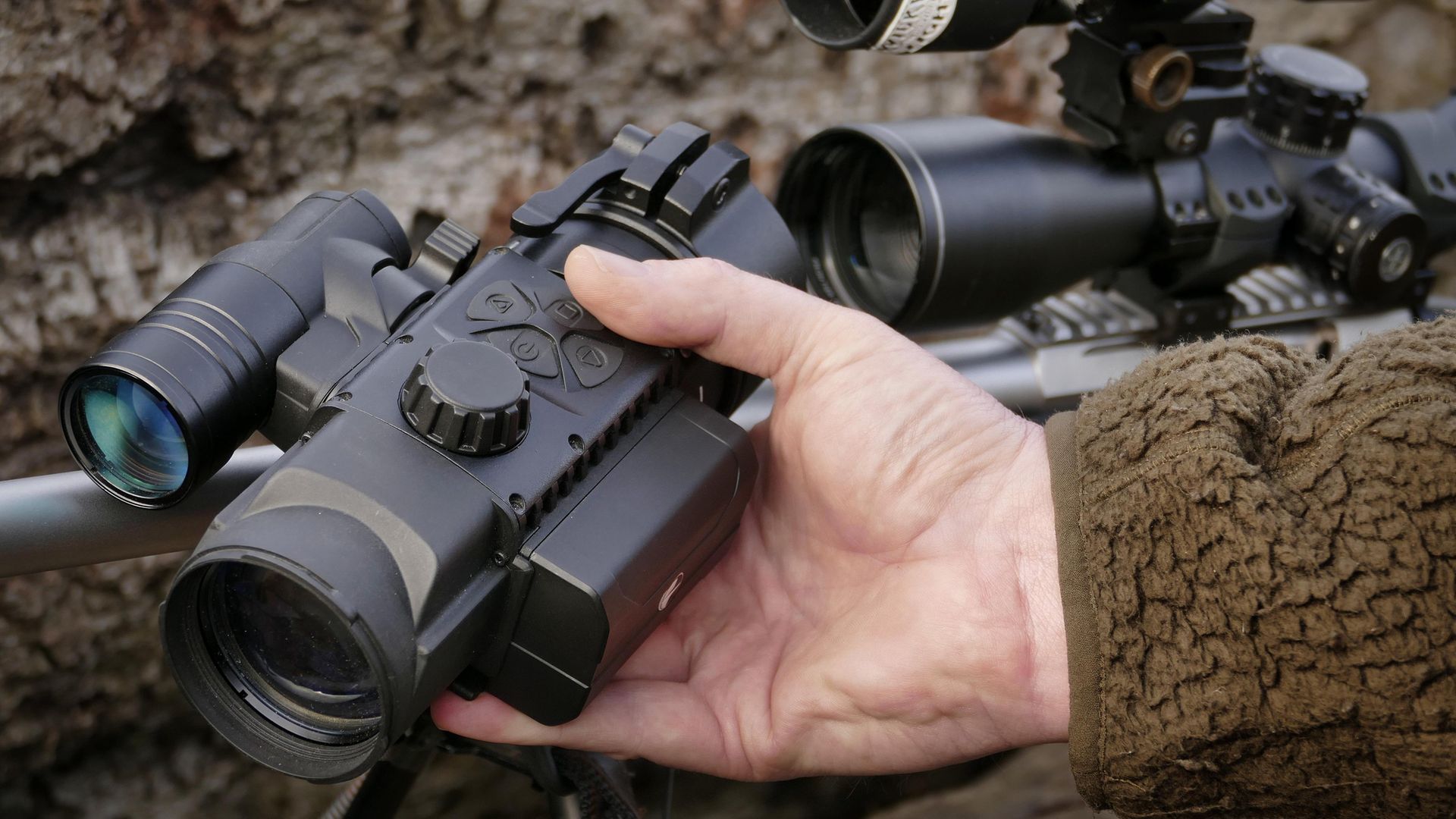 credit: Archant
credit: Archant
The Pulsar F455 was launched in 2019 alongside the now discontinued F450. The only difference between the two was that the latter used a visible IR illuminator rather than the (black light) 940nm torch that ships with the F455, but more on illumination a little later.
Although I’ve reviewed pretty much everything in the Pulsar range over the years, I was never really sold on the concept of a front-mounted IR the rationale being that it was probably a bit of a compromise rather than a true NV option for serious shooters.
That opinion changed after my recent review of Pulsar’s new front-mounted thermal, the Krypton. It really is an impressive bit of kit, but at a whooping 4k it’s way beyond the budget of the average shooter, yours truly included.
The eureka moment for me was the realisation that a front-mounted solution could actually deliver the image quality I require alongside effortless swaps between rifles with no loss of zero. Most current dedicated night vision scopes offer multiple rifle profiles, so in theory you can just pull them off a rifle, pop it on another, adjust the settings accordingly and you’re good to go.
In reality, that simply doesn’t happen, as most shooters are loathe to remove a scope once it’s in place and zeroed. A prime example of this is my shooting buddy Simon who now owns no less than four ATN X 4K Pros, each of which is a permanent resident on an array of air rifles, rimfires and centrefires.
Aside from the expense, there’s another downside, as even the best digiscopes can’t match the image quality of a dedicated day scope, so there’s still a degree of compromise even with this expensive multi-scope approach.
With the F455, you get the best of both worlds: a dedicated (and untouched) day scope whenever it’s required plus the option to quickly transform your rig into a quality night vision set up. At £1,200, plus another £108 for the accompanying adapter, it isn’t exactly cheap but it does offer a substantial saving for anyone who shoots multiple calibres and requires an easily transferable night shooting solution.
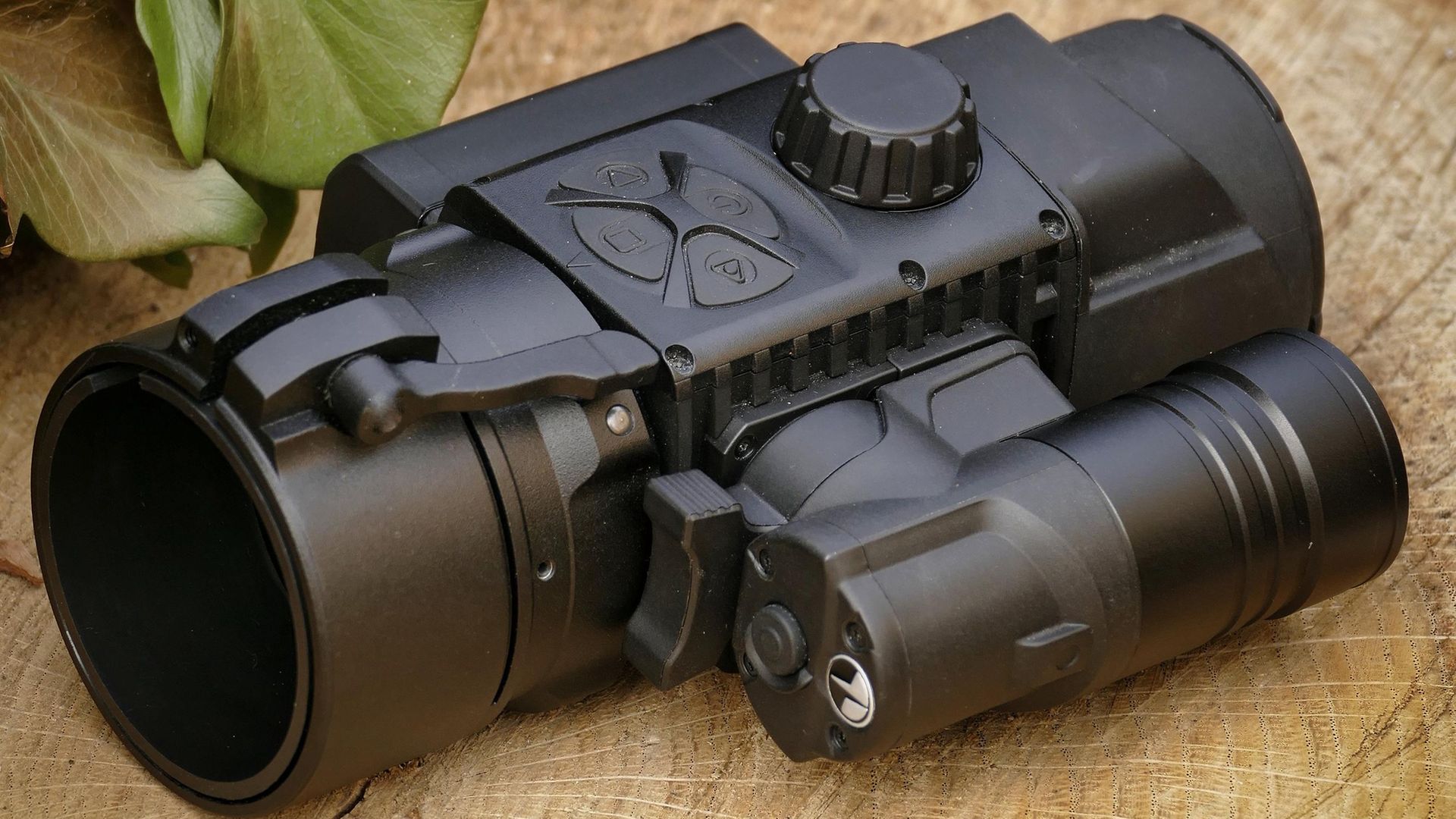 credit: Archant
credit: Archant
Scope suitability
You’ll probably not be too surprised to hear there’s still a slight caveat to this seemingly perfect solution. The N455 works best on a base mag of 3x. I’ve tried it on a couple of 2-12 and a 3-12 Zeiss scopes, as well as the 4-20 Hawke Frontier pictured in the article. It was fine on the 2-12, although the screen did get a little lost, requiring the mag to be increased to 3x to scale up the display. On the 3-12, it was pretty much a perfect fit, while the Frontier at 4x cropped into the image slightly, thereby obscuring the battery level indicator and other on-screen icons.
So, the F455 certainly would not be a good fit for a 5-25 for example, but if the majority of your scopes fall into the 3x-something, or even 4x as the base mag, it’s fine. The loss of the battery indicator isn’t a huge deal as Pulsar’s B Pack batteries are superb and can be swapped in seconds, easily powering the F455 for 8 hours or more. Worst case scenario, you could always take it off the scope and eyeball the screen directly if necessary.
Obviously, as you increase the mag, the on-screen icons vanish. Anything past 8x and you’ll struggle, but the solution is simple, just dial the mag back, make the adjustments and you’re good to go. The actual on-screen interface is very simple with brightness and contrast adjustment plus a toggle between video and photo modes, all of which have been grouped towards the centre of the display, so you can still tweak them easily at most mag settings.
Driving the F455 is simple with a basic carousel layout for the main menu system which you navigate via the four-button controls on top of the unit. There’s actually not that much tinkering... brightness control for the on-screen icons, basic wifi settings, language and date adjustment, auto shutdown timing and system info details. That’s about it.
It takes about 1 second to boot up from cold with the option to enter standby via Pulsar’s familiar short press long press navigation system. This basic control method is applied across the board with short presses activating brightness and contrast adjustment and the up/down buttons adjusting the figures. It’s all very simple, very straightforward and very Pulsar. To focus the image, you simply turn the top-mounted dial.
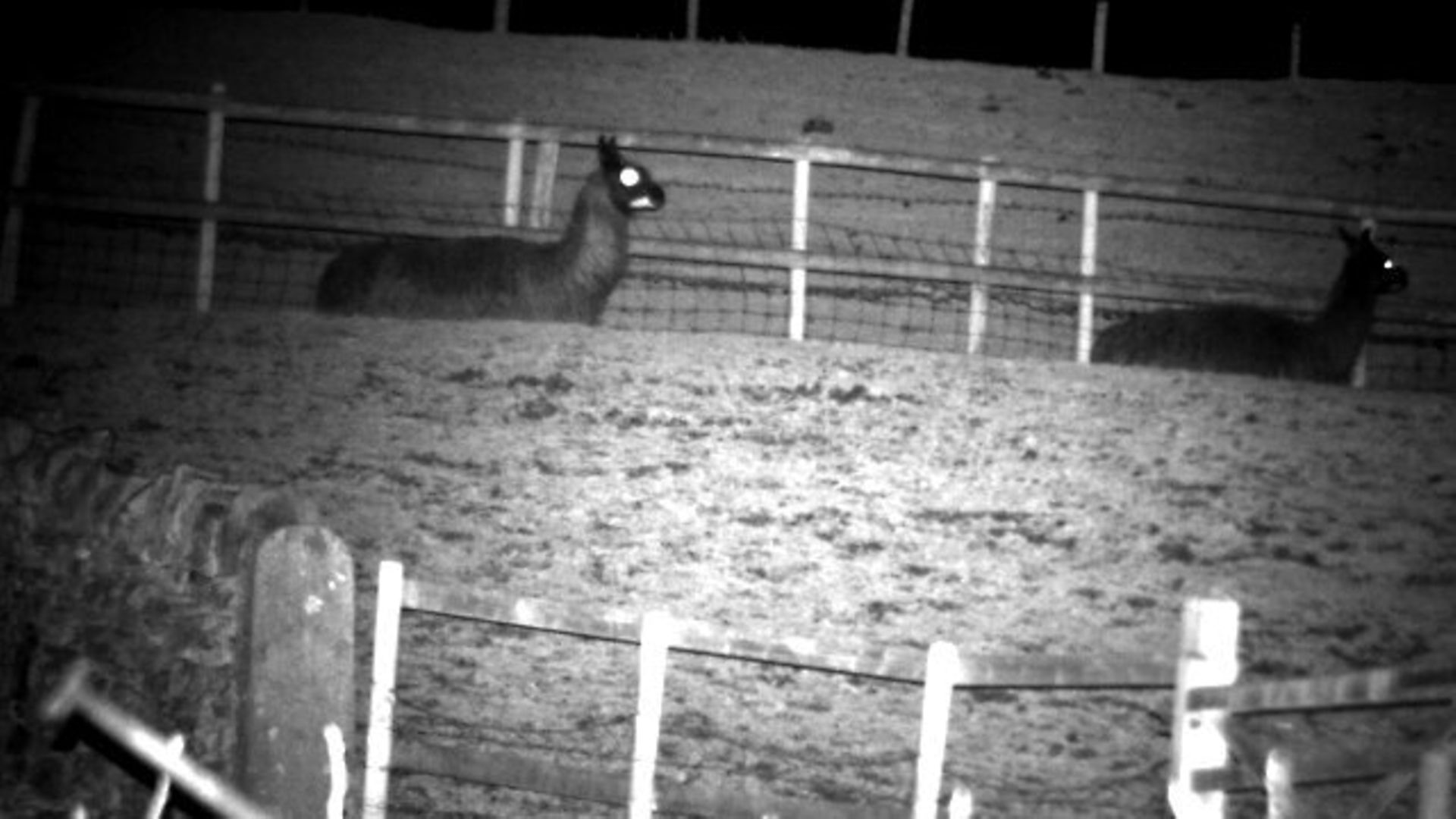 credit: Archant
credit: Archant
Image quality
The elephant in the room, what’s the image quality like? I’d say it’s right up there; obviously it depends in part on the day scope, but I’ve no complaints. It’s a really good NV image, certainly on a par with a dedicated digiscope at typical mag ranges.
Beyond 8x, you do start to notice the cross-hatch layout of the pixels, but it’s perfectly shootable up to 10x and maybe a little more at a push. Where it does fall down slightly is at very high mag, and if you do prefer to shoot with the mag really cranked up, a dedicated digiscope might be a better option.
One thing I noticed was the importance of consistent eye relief and eye position on the day scope, as this becomes considerably fussier with the F455 attached, so I would definitely recommend an adjustable comb or comb raiser to really lock your eye in position. As you increase the mag so does the fussiness, so you do need to maintain a solid head position. In my mind, that’s a small price to pay for the flexibility of the overall system.
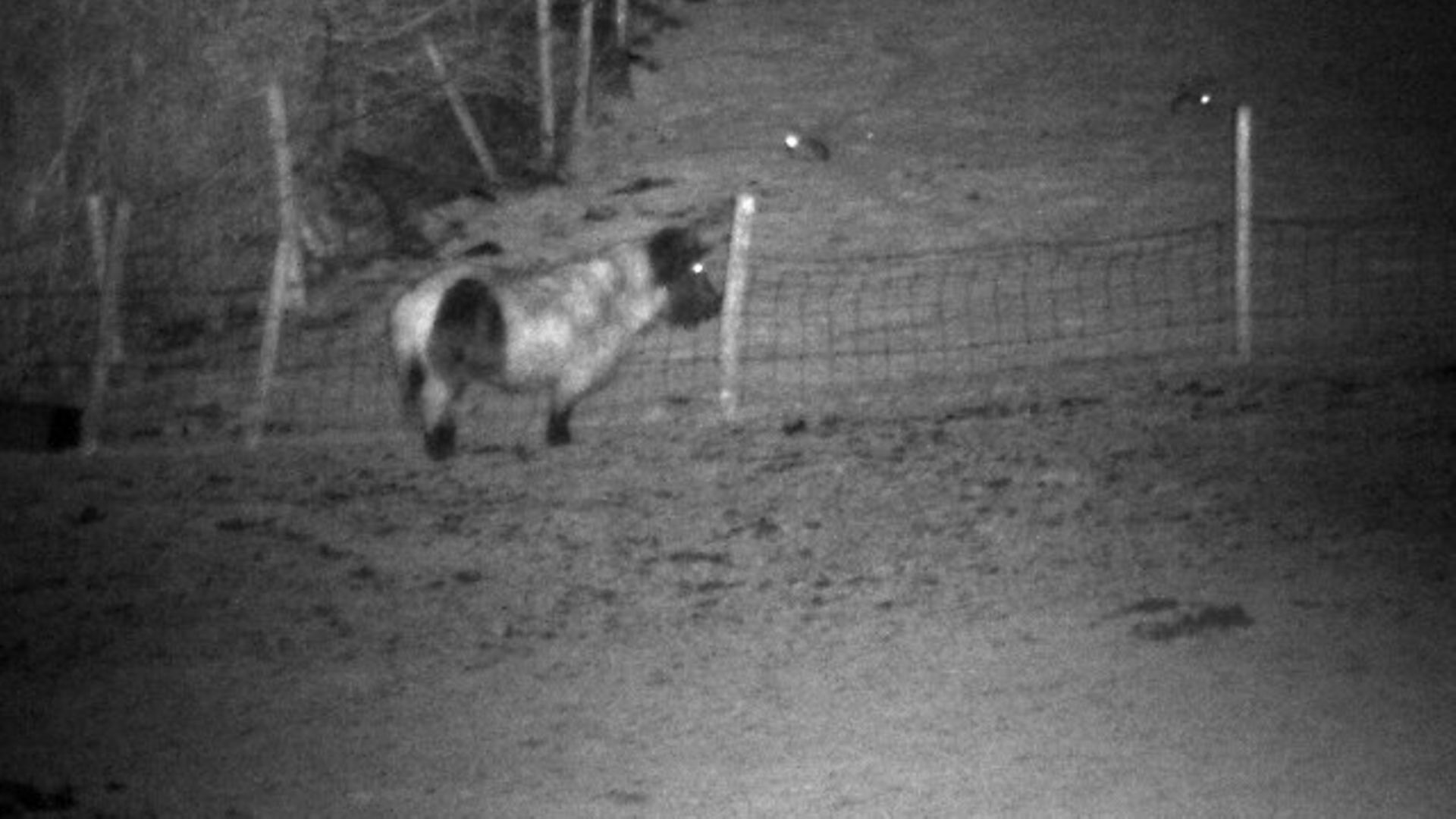 credit: Archant
credit: Archant
Mounting
Given the overall concept you won’t be surprise that set-up is a doddle. Just insert an appropriate plastic shim into the adapter, slide it on the scope and throw the lever to lock it into position. The adapter can then just stay there until you decide to switch to another rifle. The F455 ships with very sturdy clip-on lens cover which you simply unclip and replace with the F455 when you need it.
Plenty of shims are supplied with the unit but if you have a wide range of scope diameters you may need to invest in additional adapters. There are three sizes on offer ranging from 42mm to 56mm. Attaching the F455 is achieved via a simple bayonet fitting, you just slide it on and twist into place, which locks it into position with a reassuring clunk. On all the scopes I’ve tried the alignment has been spot on, providing a nice snug fit onto the scope.
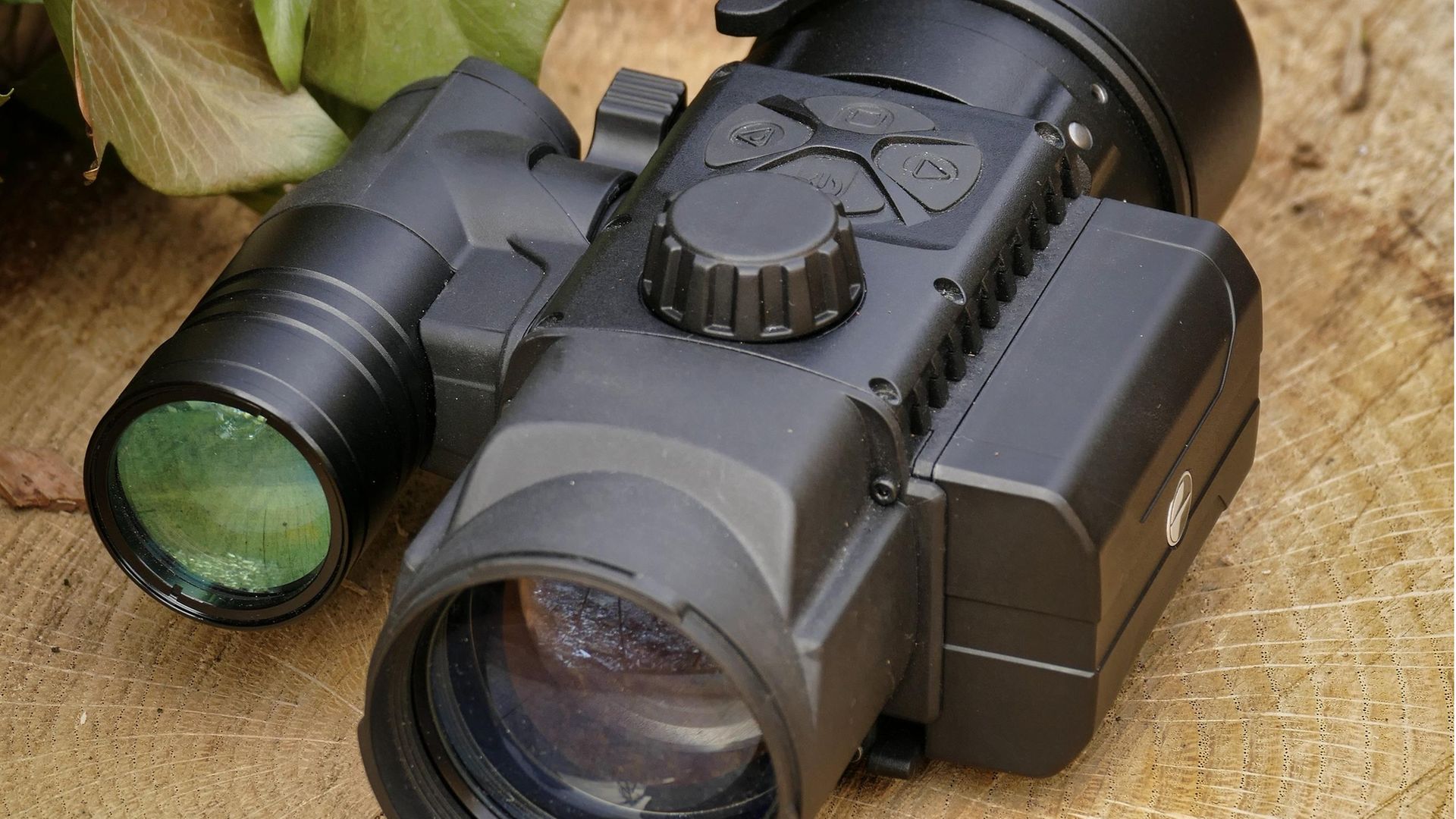 credit: Archant
credit: Archant
Illumination
One of the biggest surprises was the on-board IR – almost invariably they’re rubbish and need replacing immediately with a third-party alternative. Not so with the F455, the onboard IR is surprisingly good. It’s very basic, admittedly, with just off/on and only three power levels and no flood/spot adjustment, but it certainly works and would be more than enough for rimfire ranges, reaching out to maybe 200m with the aid of a bit of moonlight. Having said that, a third-party IR could easily push you out to 300m and beyond.
What’s equally surprising is that the supplied torch is a 940nm (invisible IR), which are usually particularly awful, lacking the range of a standard IR torch while generating a very sparkly and unpleasant image. Not in this case, it’s pretty damn good.
Like all the latest generation Pulsars, the F455 is very, very light-sensitive and on a ¾ moon you don’t actually need any IR at all. If you do want to reach out a little further, and arguably get the most out of the sensor, a third-party illuminator is still worthwhile, especially for centrefire shooters.
If you do plan to use a third-party IR, it’s absolutely essential it is both dimmable and has good flood-to-spot adjustment. The dimmable bit being particularly important. Without the dim function any Pulsar IR unit can be a handful, as they’re very prone to blowing out the image entirely at close range. You don’t need a massive amount of power with these Pulsars, control is the key, not brute force.
As you can probably see from the pics, the on-board IR can be removed and a blanking plate added to protect the connectors, but Pulsar have also provided a small Picatinny rail for those who want to add an additional IR, which is a nice touch. All in all, it’s a very well thought out unit.
There’s a lot to like about the F455. Perhaps not the perfect solution for a dedicated night shooter who really wants to reach out there, but having said that, it’s the best overall day/night solution for typical shooting distances I’ve tried, allowing a traditional optic to stay in place while delivering a one-stop NV solution across a range of rifles.
Tech specs
High shock resistance up to .375cal
1280x720 CMOS Sensor
Optimised for 2-8x day scope mag
Photo & video recording
USB connectivity for file transfer and charging
Fully waterproof
B Pack battery system up to 10hrs run time
Day scope adaptors available in 42, 50 and 56mm
Quality carrying case included
Pros
* A Cost-effective solution that’s perfect for anyone shooting multiple rifles at standard ranges
* No loss of zero in the transition from day scope to night vision
* Nice image quality with video and photo functions
* Impressive built-in IR that’s easily detachable
Cons
* Does add noticeable weight to front of the rifle
* Not ideal for extreme long range or high mag optics
Verdict
As you’ve probably gathered, I think the F455 offers a great solution to the sticky problem of scope swaps and day/night shooting, while also saving a lot cash on dedicated digiscopes for multiple rifles